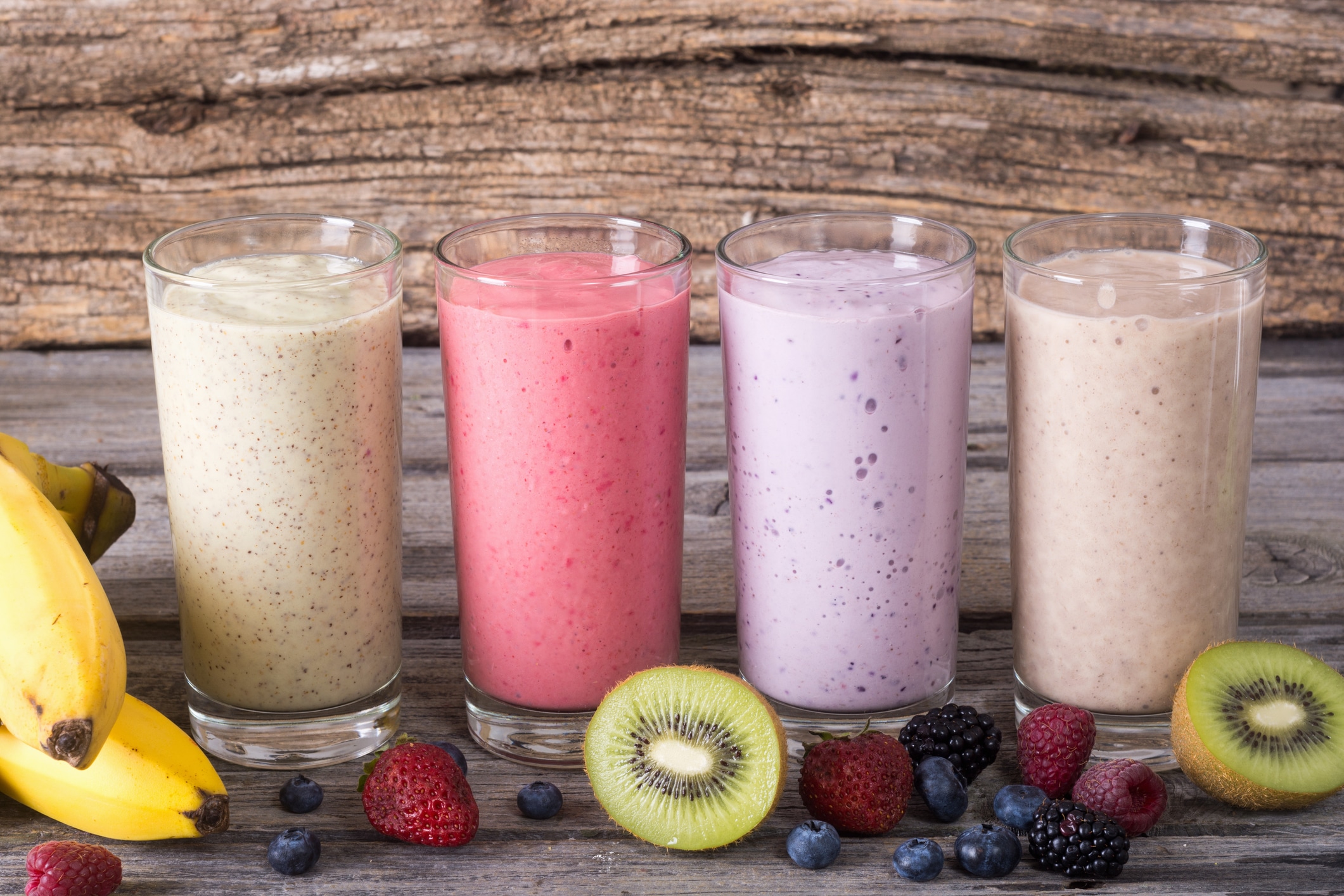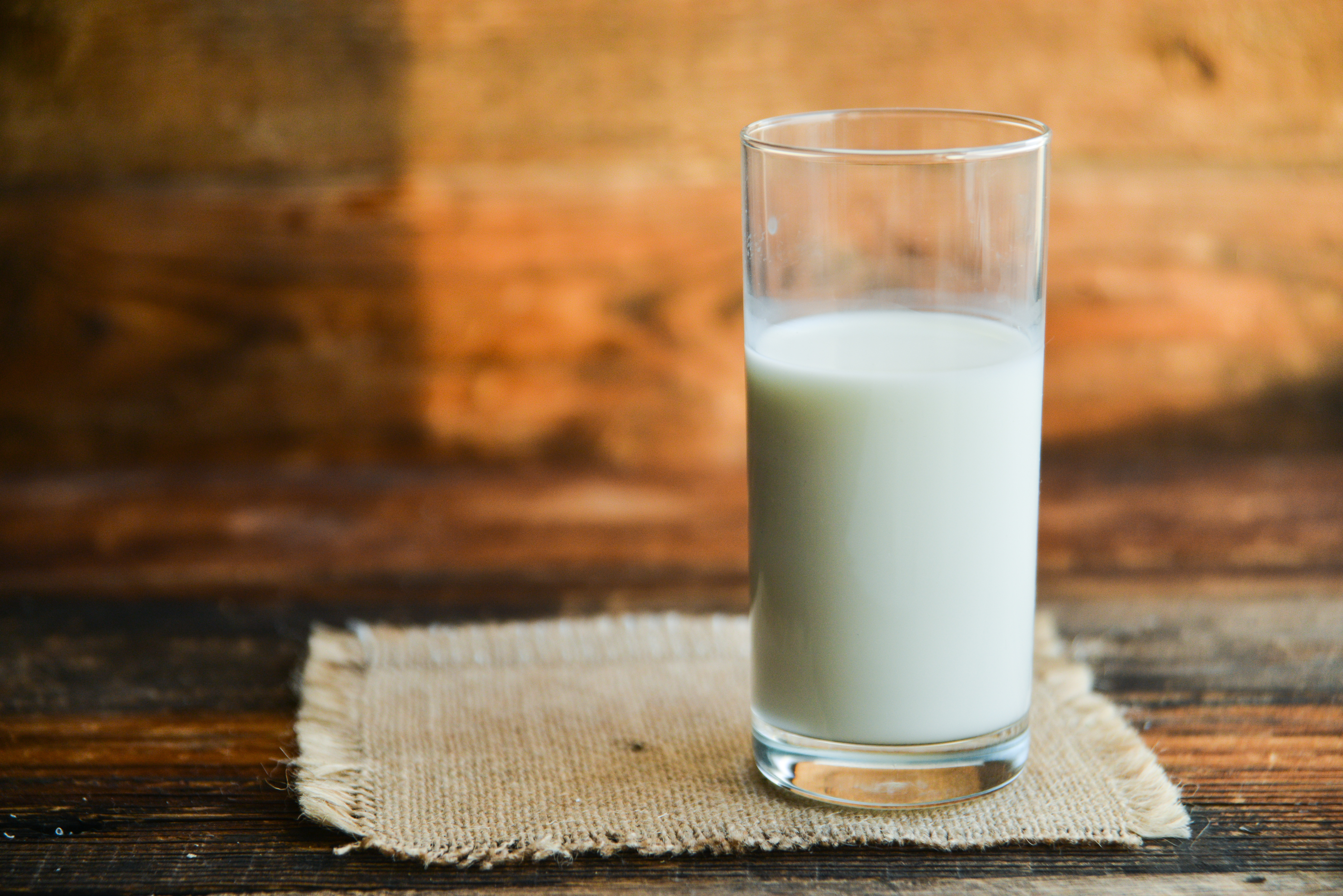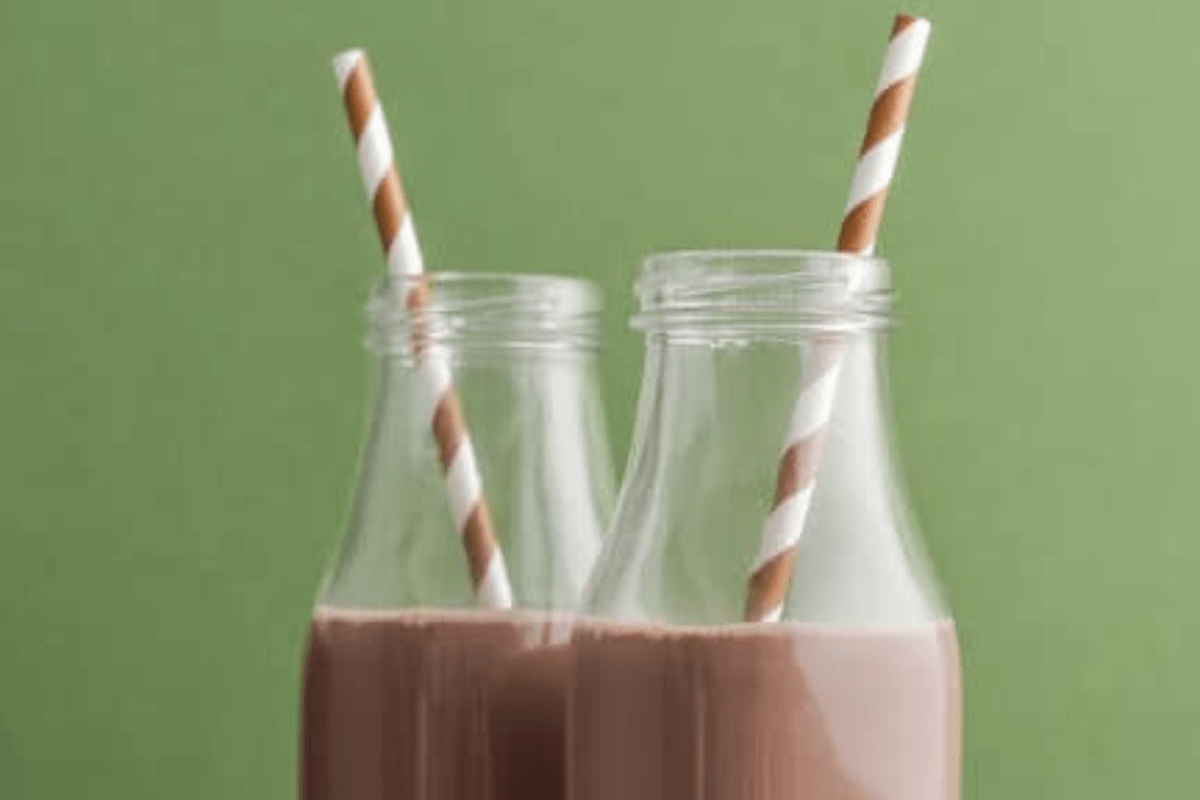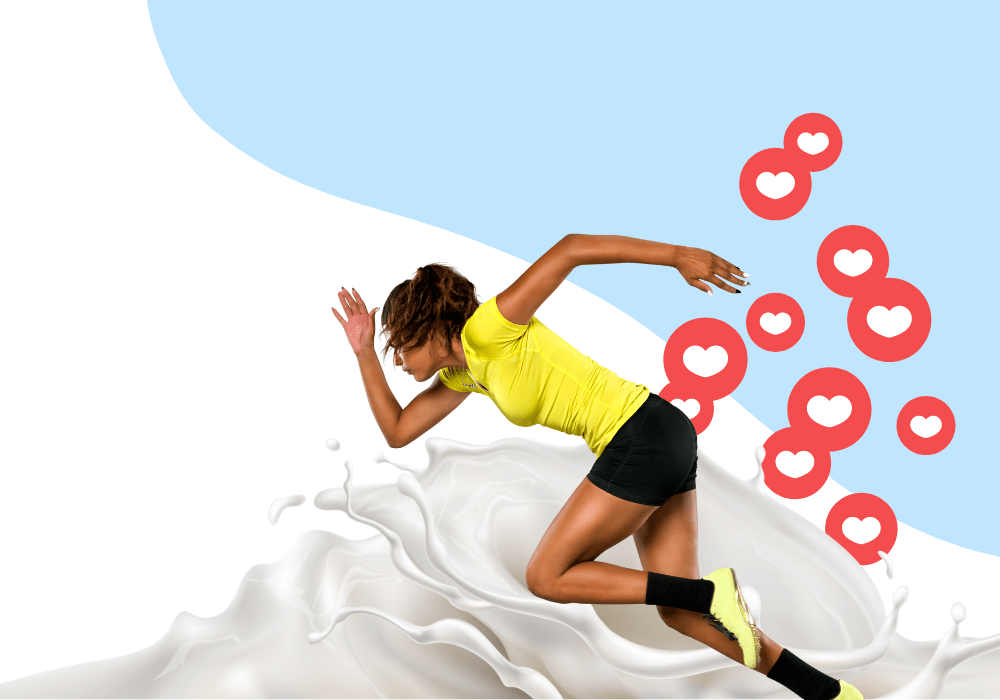
Your diet plays a big role in your exercise performance. That’s why dietitians stress the importance of starting the day with a healthy, balanced breakfast and having regularly scheduled meals and snacks throughout the day. Those meals and snacks provide the nourishment needed for growth, development, health and performance.
In addition to regular meals and snacks, athletes that participate in high intensity, long duration exercise need additional fuel to support their increased energy expenditure. Those extra foods and fluids should be consumed around the training session which includes before, during and after training.
In my recent Instagram takeover with the American Dairy Association North East, I covered the topic of how to fuel exercise performance with the flavors of fall. I shared tips and recipes that you can easily make at home for fueling up before, during and after exercise. Here’s a recap:
Week #1 – Breakfast
Breakfast is the meal that breaks-the-fast from not eating throughout the night. It’s like a wake-up call to your body, sending the message that it’s time to get your mind and body moving.
A balanced breakfast should provide a wide variety of macronutrients — like carbs, protein and dietary fats — as well as a wide variety of vitamins, minerals and phytonutrients. The exact foods that you choose, however, will depend on how much time you have in the morning.
If time is tight, make something quick. The following are some good examples:
- A smoothie made with milk – white or chocolate
- A bowl of power oats or overnight oats that can be made in bulk at the beginning of the week
- Greek yogurt topped with fruits & nuts
- A bowl of whole grain cereal with milk & fruit
If you have more time, you can make a bigger breakfast. For examples, eggs topped with veggies & cheese and a piece of toast or pancakes made with protein-packed cottage cheese.
During my Instagram story takeover, I showed viewers how to make a pumpkin pie protein smoothie. It’s a simple breakfast smoothie that tastes just like pumpkin pie in a cup, but it’s way more nutritious. This one smoothie has 25% of the daily value for calcium, 8% of the daily value for potassium and 31 grams of protein. If you missed the takeover, you can find the recipe to the smoothie here. The wide variety of nutrients in this smoothie help to set you up for a successful day!
Week #2 – Pre-Exercise Fueling
Your body needs energy in order to fuel your workout. In fact, studies show that eating before exercise, as opposed to exercising in the fasted state, results in a higher-quality exercise session. That makes sense, when you consider that carbohydrate rich-foods supply energy. That energy is used to help you work out harder and longer, and to help you focus — all things that help you perform better.
What you eat before exercise depends on how much time you have. The more time you have, the more time your food has to digest. That’s important, because you don’t want to be exercising with a belly full of food. You need to leave enough time for your food to digest.
If you have 3-4 hours before your workout, that’s enough time to eat a balanced meal, such as the breakfast ideas I mentioned above. But, if you only have 30 minutes to an hour, you’ll want something that will digest relatively quickly. Choose a combination of complex and simple carbs, some protein and something relatively low in fat and fiber. And, be mindful of how much you eat.
Week #3 – Eating & Drinking During Exercise
While not all events require you to eat or drink something during the activity, if you participate in long distance events, and care about your performance, your body will benefit from extra fluids, carbohydrates and electrolytes. The greater your intensity, and the longer the duration, the more likely your body is to run out of fuel, and the greater your likelihood of becoming dehydrated.
Consuming a sports drink during the activity is a super easy way to support your body’s needs, without having to worry about chewing or waiting for food to digest.
Week #4 – Post-Exercise Recovery Nutrition
Recovery nutrition is the food and fluids consumed once you’ve finished exhaustive exercise. It’s meant to help replenish your energy stores and your fluid status. It should include both carbohydrates and protein, and if you can sneak in some vitamins and minerals, even better!
The delicious recipe that I shared during the takeover is just that! It incorporates chocolate milk, which is a recovery beverage in itself, with other key nutrients needed to replenish the body. You can make it in advance, and, if you’re not headed straight home after training, you can take it with you and eat it wherever you are. If you missed the Instagram takeover, you can find the recipe below.

Pumpkin Chocolate Milk Recipe
Ingredients
- 2 cups real chocolate milk
- 1 cup old-fashioned rolled oats
- 1/4 cup chia seeds
- 1/2 teaspoon kosher salt
- 1/2 cup roasted, salted pumpkin seeds or other nuts (optional)
- 1 tablespoon maple syrup (optional)
- 1/4 cup chocolate chips (optional)
Preparation
- Mix chocolate milk, oats, chia seeds, salt and pumpkin seeds (if using).
- Cover and refrigerate for at least 8 hours.
- Stir in maple syrup and chocolate chips if desired.
- Pair with a glass of milk, and enjoy!
Before your next exercise session, think about what foods and fluids you’ll consume to support your exercise performance. Be sure to try some of these recipes, too. That way, you’ll be properly fueled with the flavors of fall. If you missed Heather’s story takeover on our Instagram page, you can watch it at the link below.





